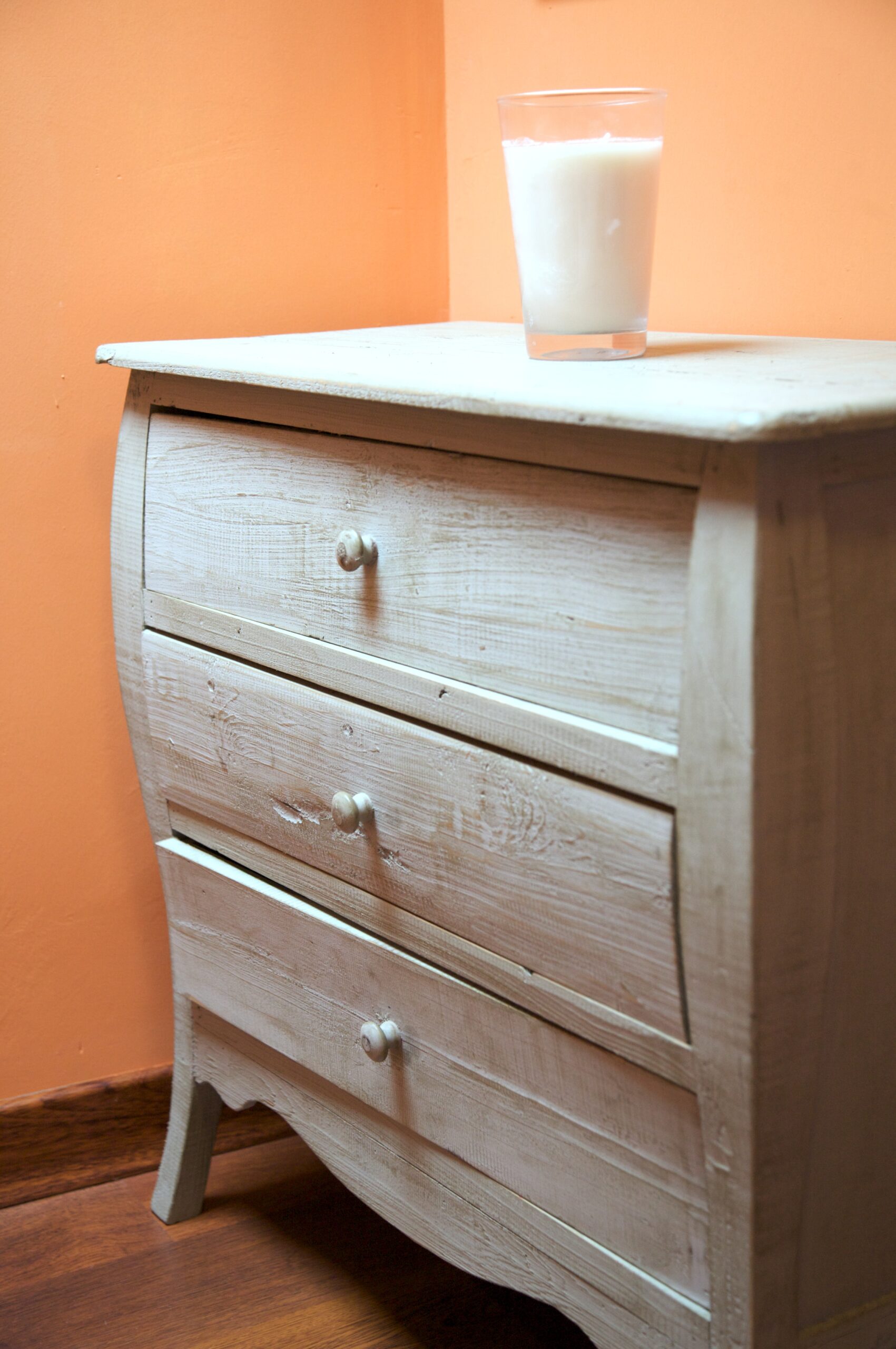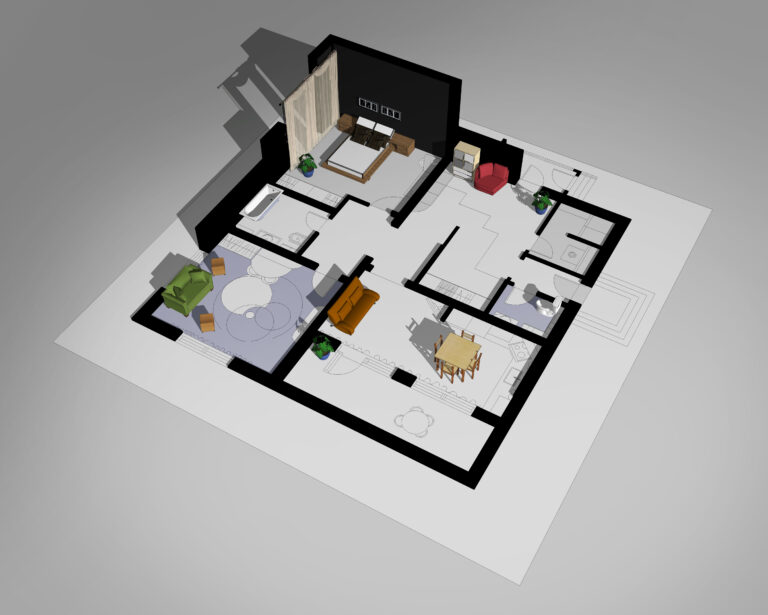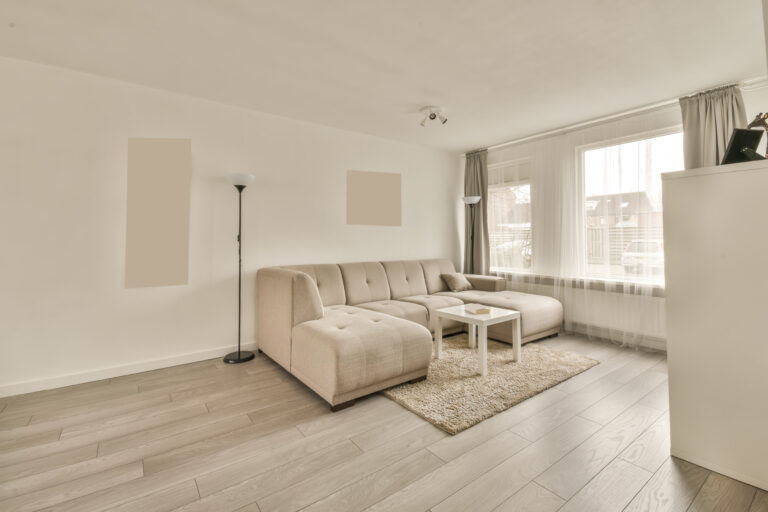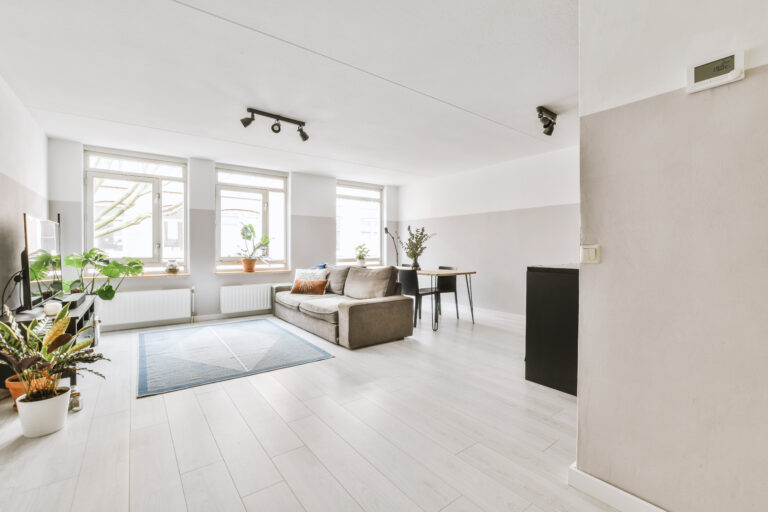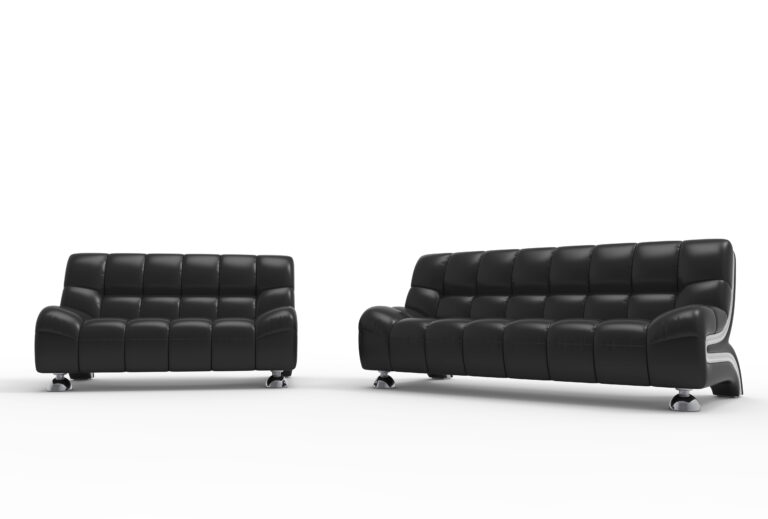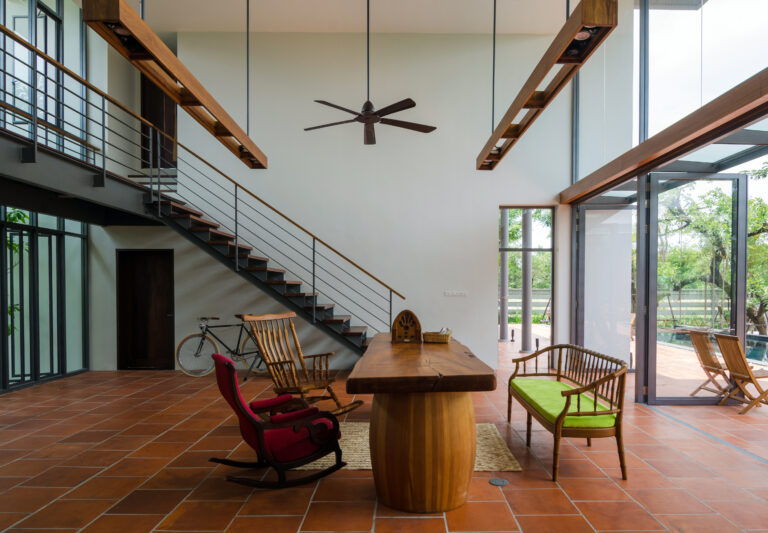How to Blend Contemporary and Old World Furniture for a Unique vintage and modern Style
What to consider when blending contemporary and old-world furniture
Are you looking to create a unique and eclectic style in your home? One great way to do that is by blending old-world furniture with contemporary pieces. Combining the two styles can be tricky, but it can create a truly stunning space with a vintage and modern feel.
This article will explore how to effectively mix these two different design aesthetics, providing tips on which pieces to choose and how to combine them for maximum effect.
So let’s jump in!
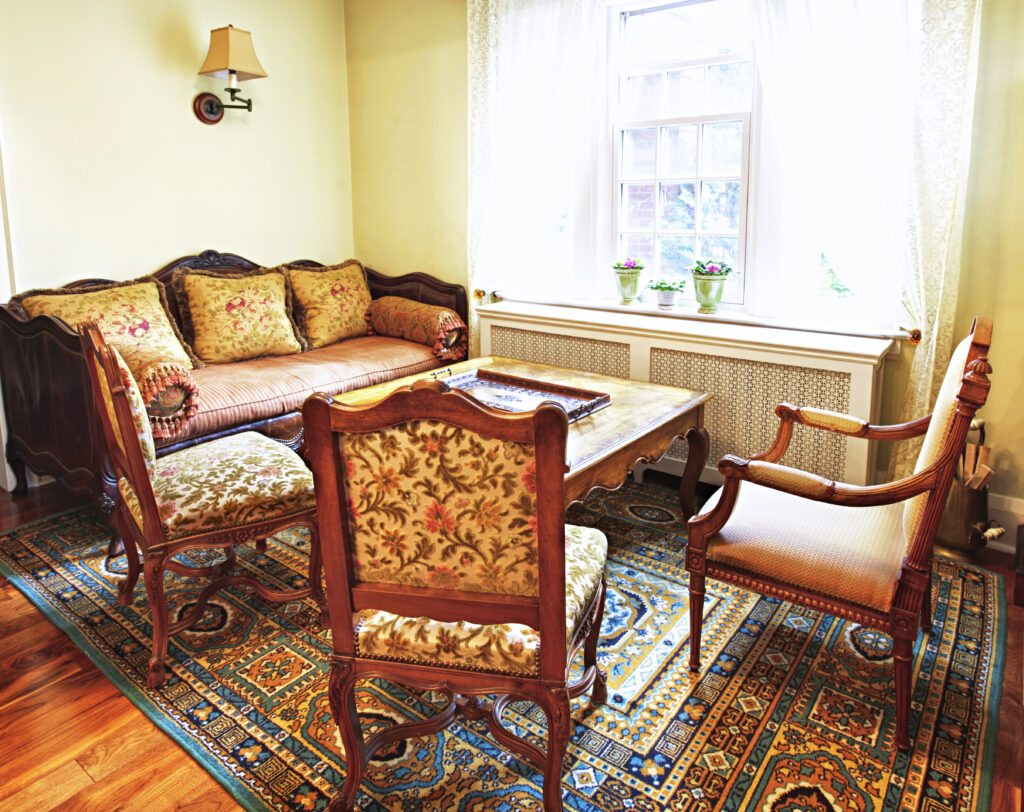
Contemporary Furniture: Design
When blending contemporary and old-world furniture, several design features should be considered.
- First, use modern furniture from natural wood, glass, and metal to create a contemporary feel.
- Second, incorporate clean lines and neutral colors to create a minimalist look.
- Third, incorporate metallic elements to add a sense of sophistication and glamour.
- Fourth, use plenty of natural light by leaving windows unadorned.
- Fifth, use heavy textures to add visual interest. Sixth, use minimal accessories to keep the design from becoming cluttered.
- Finally, consider the proportions and shapes of the furniture, as well as the colors, when merging two different styles.
- By considering all of these design features, you can create a balanced, cohesive room that combines modern and traditional elements in an aesthetically pleasing way.
Contemporary Furniture: Materials
When blending contemporary furniture with old-world furniture, choosing materials that create contrast and texture is essential. Commonly used materials for this look include natural woods, metals, leather, rattan, faux fur, shag rugs, patch quilts, hand-knitted throws, artisanal pottery, and wall tapestries. Upholstered furniture should feature simple lines, tapered legs, and a lack of over-stuffing.
Choose rich colors and a bit of distressing to bring warmth and character. In addition, consider adding unexpected shapes and curves to the mix.
Contemporary Furniture: Size and Scale
When blending contemporary and old-world furniture, size, and scale considerations should be considered to achieve the desired balance and harmony in the space. For instance, a sleek mid-century modern Saarinen-style tulip table can be paired with rustic rattan armchairs and Thonet Chairs to provide a contrast of materials and create a unique, eclectic style.
Oversized designs are generally better than undersized ones; smaller antique pieces can be an accessory to bring the room together. Additionally, vintage artwork can introduce antiques into a modern space by mixing and matching frames or by simply dusting off an antique frame and mixing it up with contemporary painting.
When planning the room’s design, it helps to start with one focus object and build from there by incorporating similar shapes and curves. You can create a stylish and cohesive room by selecting the right combination of items.
Contemporary Furniture: Shape and Form
When blending contemporary and old-world furniture shapes and forms, it’s essential to consider both form and function. Antique furniture often features high craftsmanship, detailed wood carving, marquetry, and artistic flourishes that can’t be found in everyday furniture, making it stand out in any interior.
On the other hand, contemporary pieces often boast sleek lines, minimalistic design, and modern amenities that can give a room an up-to-date look.
The trick to making these two styles work together is to find the right balance between them. Avoid overwhelming the room with too much of one type by combining completely opposite pieces, like a modern lamp placed on an antique chest or pretty printed slipper chairs placed on fluffy floor rugs.
Carefully choose the pieces that will fit in with your unique interior style and design aesthetic so that, in the end, the room is a reflection of you.
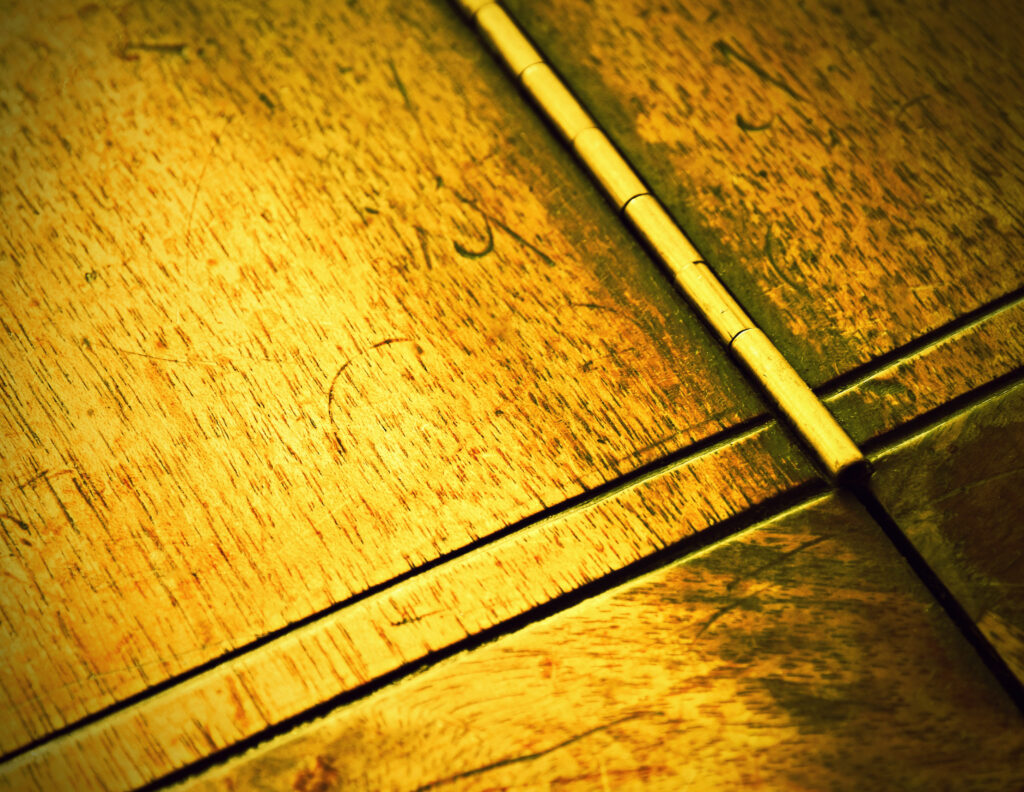
Contemporary Furniture: Finish
When selecting contemporary furniture, it’s essential to consider the finish. Contemporary designs feature minimal ornamentation, making the finish the piece’s focus. It’s best to avoid having the same wood finish in one room, as this can be too monotonous.
Instead, combine wood species and finishes for a more unique and exciting look. Popular wood finishes for contemporary design include golden teak and rich dark walnut. Introduce distressed leather or faux fur pillows to further mix up the face to contrast neutral walls.
Finally, layer textures like shag rugs and antique quilts with modern furniture to create a modern-rustic look. Upholstered furniture should feature simple straight lines and thin legs for a modern touch.
Metallic elements, heavy textures, and minimal accessories also help to further define the contemporary look. When mixing and matching, having a visual theme in mind can help keep the overall design on track.
Contemporary Furniture: Comfort
When blending contemporary and old-world furniture, comfort should be a top priority. The key to achieving a successful mix is to create balance and harmony between the two styles.
To do this, look for furniture styles from different regions and decades that pair well together, like a plush vintage chair with a modern angular couch. Incorporate natural textures like leather, faux fur, wool, and linen to create a more relaxed feel.
Adding glossy white trim and molding will bring traditional elements into the space. Layer sumptuous throws and cushions and incorporate a range of lamps to get the look to life and achieve a cozy atmosphere.
Lastly, introducing rich distressed leather on upholstery and accent rugs with different textures can soften the room’s modern architectural elements.
Contemporary Furniture: Storage
What storage options are available for blending contemporary and old-world furniture?
Extra Space Storage has self-storage facilities conveniently located across the U.S. that can provide the perfect solution for storing furniture and decor to make room for your vintage and antique finds. This can help you create the ideal mix of modern and traditional elements in your home without clutter.
Plus, you can use the extra space to add more unique pieces to your home and bring your vision to life.
Contemporary Furniture: Accessibility
When blending contemporary and old-world furniture, it is crucial to consider accessibility. Both traditional and modern furniture should be comfortable and easy to move around. Utilizing lighter furniture can help minimize the strain of rearranging the space.
Additionally, it is essential to consider the room dimensions when selecting pieces. Since traditional furniture tends to be more ornate and bulky, ensuring it does not overpower the space is vital.
Regarding styling, contrasting colors, and textures can create visual interest. For example, pairing a plush velvet couch with a light minimalist chair with exposed legs creates contrast and harmony. Similarly, combining modern chairs with vintage tables can create a unique juxtaposition.
Upcycling vintage pieces is another great way to combine styles. Using contemporary fabrics and colors, one can create a piece that bridges the gap between the two types.
Finally, when mixing furniture styles, it is vital to find a balance between the number of pieces used. This will help to create cohesion in any room.
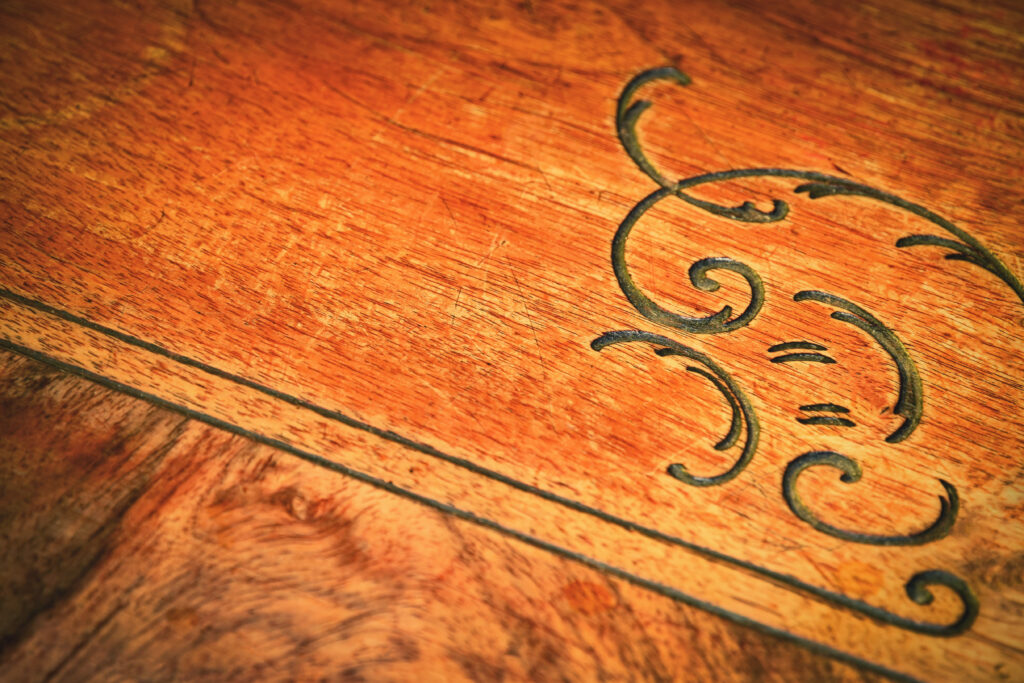
Contemporary Furniture: Color and Color Palette
When blending contemporary and old-world furniture, it is essential to consider the color palette carefully. Modern rustic interiors typically contain muted colors from nature, such as grays, cream, white, taupe, beige, and black.
These colors work well for painting walls and choosing upholstery and finishing touches in a modern rustic space. For a more eclectic look, it is possible to bring color into the area with throw pillows, art, and accessories that can be edited.
Limiting the color palette and considering including colors from existing furniture pieces is important to ensure the room looks cohesive. For example, the blue tones from a hero painting can be repeated in other furniture and accessories.
Lastly, envisioning a theme can also be helpful when blending different furniture styles, as it will help keep the design focused.
Contemporary Furniture: Comfort
When blending contemporary and old-world furniture, comfort is an important consideration. While the traditional design is often associated with comfort, modern styles tend to be more angular and minimalistic.
To create a balanced and inviting look, look to mix and match different pieces with different shapes, sizes, and textures. For instance, pairing two plush vintage chairs with a modern, angular couch is a great way to bring a more relaxed feel to the space.
If you hope to add more structure and prestige to comfortable rooms, vintage decor is essential in coastal design styles. Layering an antique patch quilt or hand-knitted throw on a modern sofa or introducing items like rich distressed leather on upholstery adds contrast and provides a cozy feeling. Modern rugs can also be a great addition to balance out antique furniture.
When blending contemporary and old-world furniture, it’s crucial to create a balanced look that brings comfort and luxury.
Contemporary Furniture: Style
When blending contemporary and old-world furniture, carefully considering style is essential to create a cohesive look. Contemporary furnishings focuses on clean lines and minimalistic touches, while traditional pieces often feature heavier textures, ornamentation, and contrasting elements.
To successfully mix modern and classic furniture, it is vital to balance the two styles. Incorporating natural materials, neutral colors, and boldly designed furniture in modern pieces will create a unified look.
Additionally, upcycling vintage pieces and using contemporary fabrics and colors can help to bridge the gap between the two styles. Lastly, it is important to remember to distribute designs between the two styles rather than grouping them in their respective periods or styles.
With these tips in mind, achieving a stunning blend of contemporary and old-world furniture is possible.
Contemporary Furniture: Price
When blending contemporary and old-world furniture, it is essential to consider the prices of each furniture style. Traditional furniture can be more expensive due to the materials and labor involved in its production.
On the other hand, contemporary furniture tends to be more affordable and can be found at more budget-friendly prices. This is especially true when looking for furniture from the 20th century, designs from the ’30s and ’40s, or Scandinavian pieces from the ’50s.
When looking for a modern look, strong architectural lines are often used, such as desks and sideboards, which are often more affordable than other traditional furniture pieces.
Ultimately, the approach to blending contemporary and old-world furniture comes from personal preference and budget.
Contemporary Furniture: Reputation
When blending contemporary and old-world furniture, it is essential to consider the reputation factor.
While modern pieces from the 20th century, such as European designs from the ’30s and ’40s and Scandinavian items from the ’50s, are highly desirable and collectible, traditional furniture, such as chairs and tables with turned legs, Lawson and English roll arm sofas, French bergeres and settees, Gustavian antiques or reproductions and even Victorian “brown” pieces, can add a timeless and classic touch to a space.
Choosing pieces with similar proportions, shapes, and colors is the key to achieving a successful modern and traditional mix. This creates a harmonious look that is both classic and modern.
Additionally, how the furniture is treated can further enhance the overall effect. A room can achieve a contemporary feel by limiting the color palette and incorporating minimal decor.
Adding just the right combination of modern and traditional accents makes a space timeless and inviting.
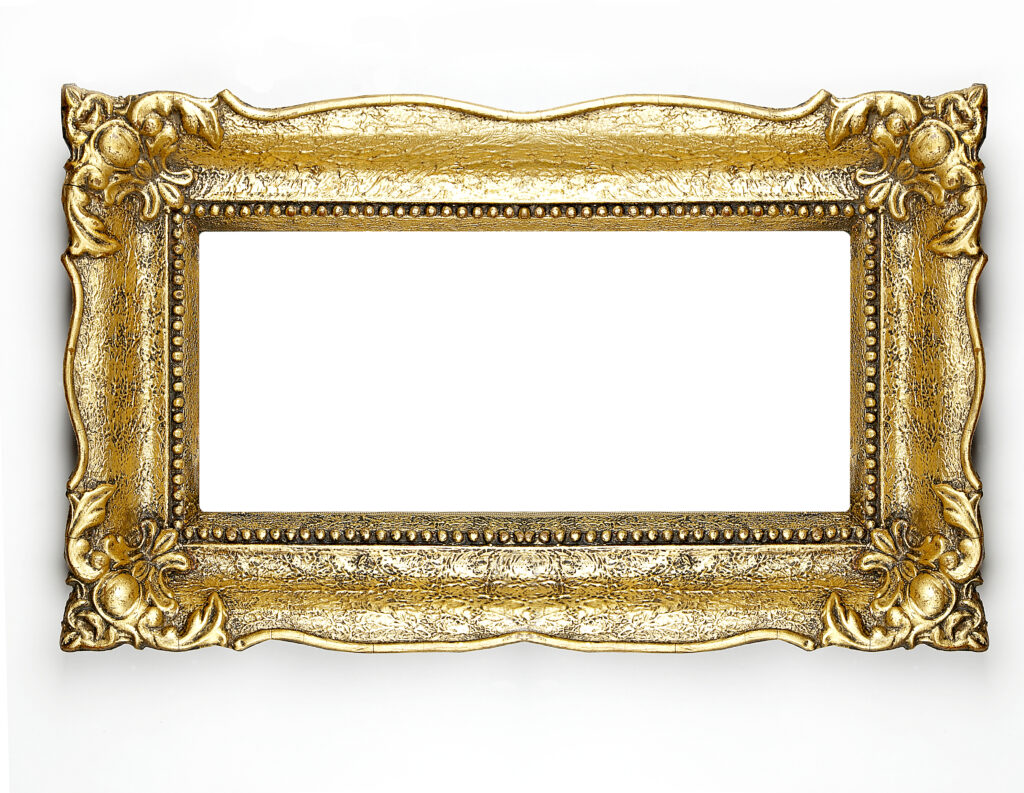
Contemporary Furniture: Availability
When blending contemporary and old-world furniture, there are several considerations to remember. Firstly, it is crucial to balance proportion and scale. For example, pairing a broad, leather couch with light minimalist chairs with exposed legs can create a modern yet balanced look.
Additionally, it is essential to consider the furniture pieces’ sources. While modern furniture can be easily acquired from stores or online retailers, antique furniture may require a bit more work to source, such as visiting antique stores or scouring online sites like Etsy, eBay, and 1stDibs.
Furthermore, it is also important to consider style and durability.
For example, vintage chairs with plush and comfortable designs can be paired with modern angular couches or modern furniture with solid architectural lines. Finally, when selecting furniture pieces, it is essential to consider how they will last over time.
Choosing pieces with timeless designs from different regions and decades can help ensure that your space will stay both stylish and livable for years to come.
Contemporary Furniture: Warranty
Contemporary furniture typically comes with a limited warranty covering manufacturing-related defects and materials.
The guarantee may vary depending on the manufacturer but usually covers any defects in materials and workmanship for the specified period. The warranty may also include repairing and replacing parts, customer service, and technical support.
Old World Furniture: Design
When blending old-world and contemporary furniture, it’s essential to consider the colors, finishes, and textiles used in the space.
Old world style is characterized by muted colors such as tawny ochres, dark blues and greens, murky browns, and deep burgundies, complimented with black, cream, and ivory. Furnishings should have a comfortably worn yet regal appearance and feature distressed and antiqued finishes.
Textiles should be heavy and intricate, such as damask and brocade, with the addition of trims like fringe and tassels to enhance the sense of opulence.
You should also consider the detailing used when juxtaposing old-world and contemporary furniture. Elaborately carved woodwork, scrolled metal pieces, and embellished furniture can help to create a sense of old-world elegance.
However, be careful not to overlap too many intricate motifs, which can add to visual dissonance. To achieve a balanced look, pair thick, elaborate fabrics with lighter and simpler ones and plain sheets and coverlets in traditional materials.
Old World Furniture: Materials
When blending old-world and contemporary furniture, it is common to use worn yet regal materials, like:
- antique hardware
- tawny ochres
- dark blues and greens
- murky browns
- deep burgundies
- black, cream, and ivory.
- Metal, wood, and stone with a patina lead the charge, along with heavy, intricate textiles like damask, brocade, leather, and velvet.
Ornate detailing like carved woodwork, scrolled metal pieces, finials, corbels, and medallions adds to the old-world look. Using lighter and simpler materials like plain sheets and coverlets in traditional materials like cotton and linen helps balance the heavier, more elaborate fabrics and create a more harmonious look.
Old World Furniture: Size and Scale
When blending old-world and contemporary furniture, the size and scale of the pieces should be considered carefully. Old-world furniture is typically larger and heavier in scale, while contemporary furniture generally is lighter and less ornate.
To achieve balance, pair a large and rich old-world piece, such as a velvet sofa or a round pedestal side table, with a light and dainty contemporary piece, such as a settee or a coffee table.
A harmonious blend of the two design styles can be achieved by playing with the scale of the pieces.
Old World Furniture: Shape and Form
When blending old-world and contemporary furniture in an interior design, one should consider each style’s shape and form factors. Old-world furniture tends to be ornately carved with intricate detailing, such as finials, corbels, and medallions. Its shapes are often curved and soft.
On the other hand, contemporary furniture features simple lines and shapes, often with minimal or no ornamentation. To create a cohesive look, one should look for pieces that bridge the gap between these two styles, such as furniture with intricate detailing but in a more modern shape. Furthermore, the colors and finishes should be balanced to avoid an oppressive feel.
At the same time, fabrics should be chosen to add a sense of sophistication and grandeur to the room.
Old World Furniture: Finish
Concerning old-world furniture, specific considerations for the finish will help bring out the style’s signature look. Distressed and antiqued pieces are a must for an old-world interior, and they can give space a sense of time travel and antiquity.
Metals, woods, and stone should have a feeling of wear and tear or have been carefully handcrafted to add to the look. On the other hand, you can bring in polished pieces for contrast, but these should be the exception rather than the norm.
Textiles like damask and brocade should also be heavy and rich to add a sense of opulence. Balance bold fabrics with lighter and simpler ones to avoid an overly oppressive feel.
Lastly, ornate detailing, such as carved woodwork and scrolled metal pieces, should be incorporated to complete the look. However, too many intricate motifs may lead to visual dissonance and should be avoided.
Putting the right touches on your old-world furniture can create a beautiful, timeless look that will stand the test of time.
FAQs How to Blend Contemporary and Old World Furniture
How do I create a unique blend of contemporary and old-world furniture?
Step 1: Understand the design terminology for different styles and periods. Understanding the difference between traditional, modern, and contemporary furniture is essential to ensure your blend is cohesive.
Step 2: Consider the form and function of the furniture. When blending modern and antique furniture, examine the craftsmanship of the antique pieces to decide if they should be maintained or replaced.
Step 3: Think about how the furniture will fit together. When combining pieces of different styles, look for balance in the number of parts used, and distribute the designs evenly throughout the room.
Step 4: Incorporate accessories from the same era as the antique furniture. Add a few additions from the same era as the vintage piece to tie it in with the rest of the room.
Step 5: Let one style dominate the space. Decide which kind fits your room the best and let it rule your furniture choices. You can then blend a few items of the other style for an exciting mix of decor.
Step 6: Incorporate color and fabric. Use contemporary materials and colors to bridge the gap between the styles and create a unique look.
Follow these steps to create a unique blend of contemporary and old-world furniture to achieve your home’s fashionable and timeless look.
What are the best accessories for a blend of contemporary and old-world furniture?
When creating a blend of contemporary and old-world furniture, the best accessories allow one style to dominate while still integrating elements of the other.
For example, a reproduction of a classic artwork paired with modern lamps and ottomans or a new silk cushion layered on a distressed leather chair. It is vital to balance old and new pieces to achieve this look, with 70% modern and 30% vintage.
Natural textures like leather, faux fur, wool, and linen can add a more relaxed feel, while smooth, unblemished surfaces and silky textures will help to create an elegant look.
Large vintage posters framed and hung on the wall can add to the overall aesthetic.
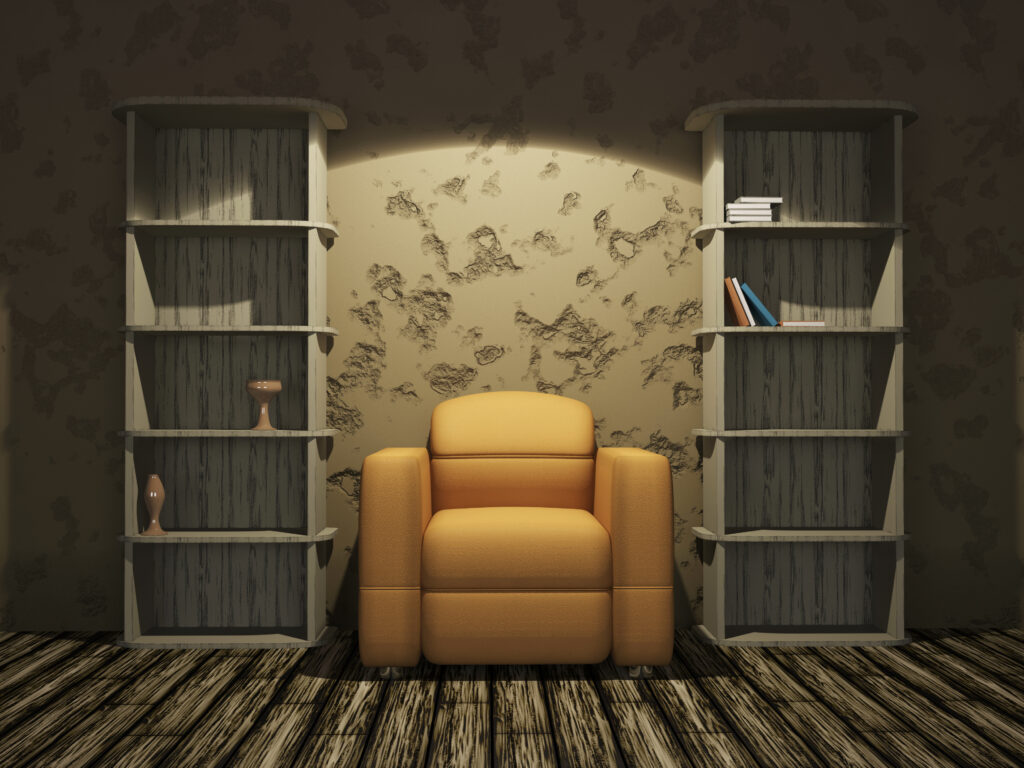
Wrapping up our How to Blend Contemporary and Old World Furniture article
In conclusion, there are endless possibilities for blending contemporary and old-world furniture.
Combining traditional elements with modern pieces is a great way to create a unique and eye-catching style.
With the right balance of vintage and contemporary furniture, you can create a timeless interior design that will always stay in style.
Additionally, don’t be afraid to add your personal touch by incorporating bright colors and fun patterns.

